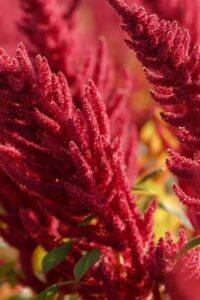
- Dt.inderjit.walia@gmail.com
- +91 89308-32001
Menu
Foxtail millet, scientifically known as Setaria italica L., is an ancient cereal crop that holds significant importance in India, particularly in the context of sustainable agriculture and food security. Believed to have been domesticated approximately 4,000 to 6,000 years ago in China, foxtail millet has a long history of cultivation and is now widely grown across various states in India, including Karnataka, Tamil Nadu, Andhra Pradesh, Maharashtra, and Odisha. It is primarily cultivated in rainfed regions, where it thrives in dry and marginal lands, making it a crucial food source in arid and semi-arid areas.
The resilience of foxtail millet to climatic challenges is one of its key attributes; it requires significantly less water and minimal agricultural inputs compared to other cereal crops. This makes it an ideal choice for farmers facing unpredictable weather patterns and contributes to its classification as a sustainable crop. Nutritionally, foxtail millet is rich in protein, dietary fiber, and essential minerals such as calcium, iron, and phosphorus. Its low glycemic index further enhances its appeal, making it a healthy option for managing blood sugar levels and promoting overall health.
Kingdom: Plantae
Order: Poales
Class: Poaceae
Genus: Setaria
Species: italica

